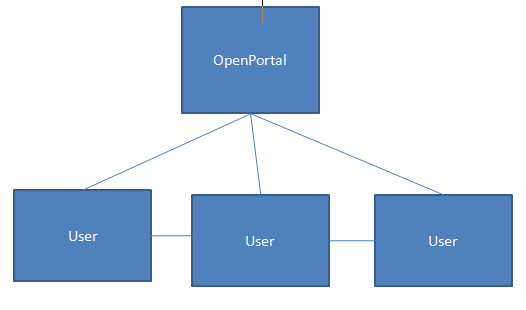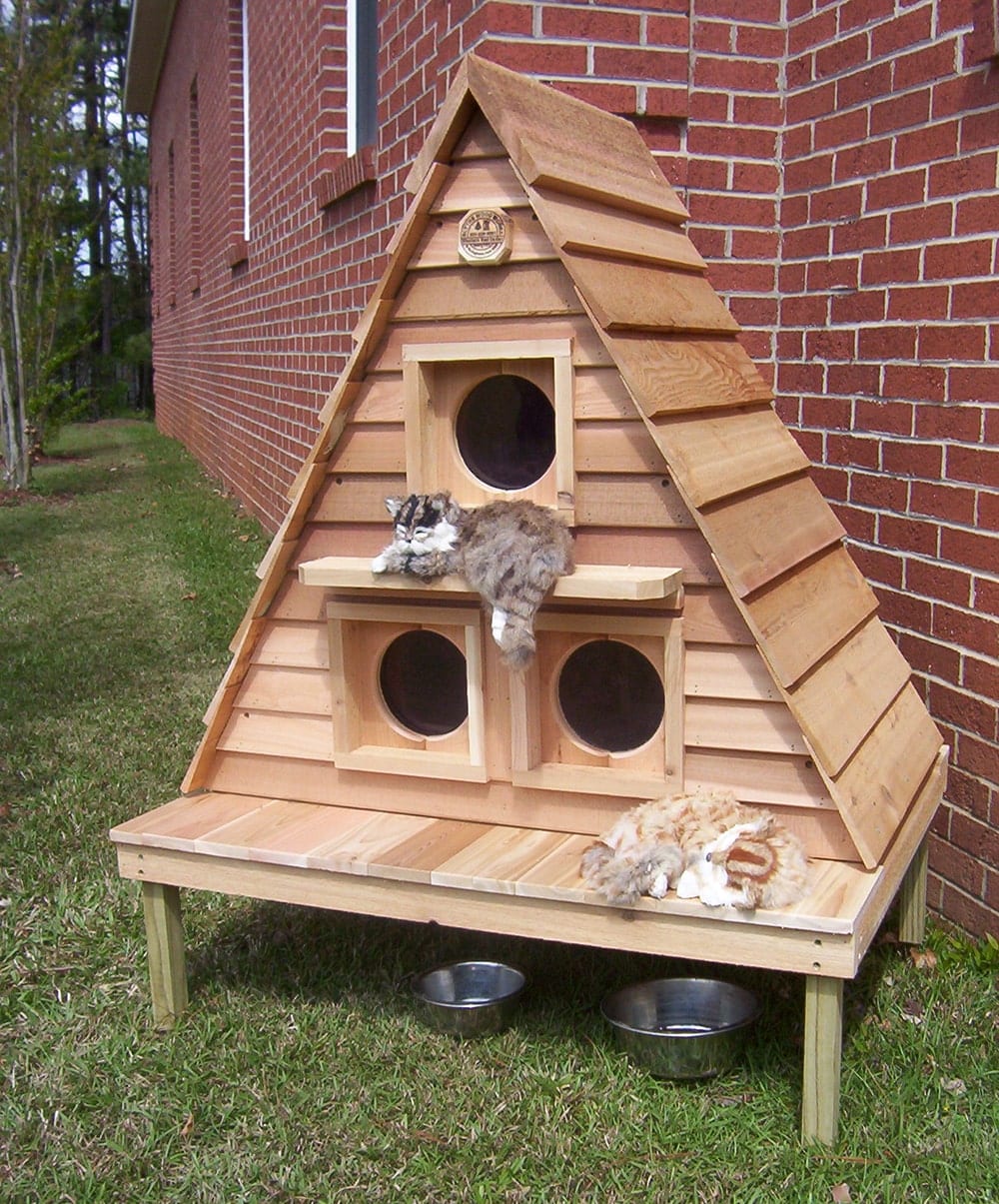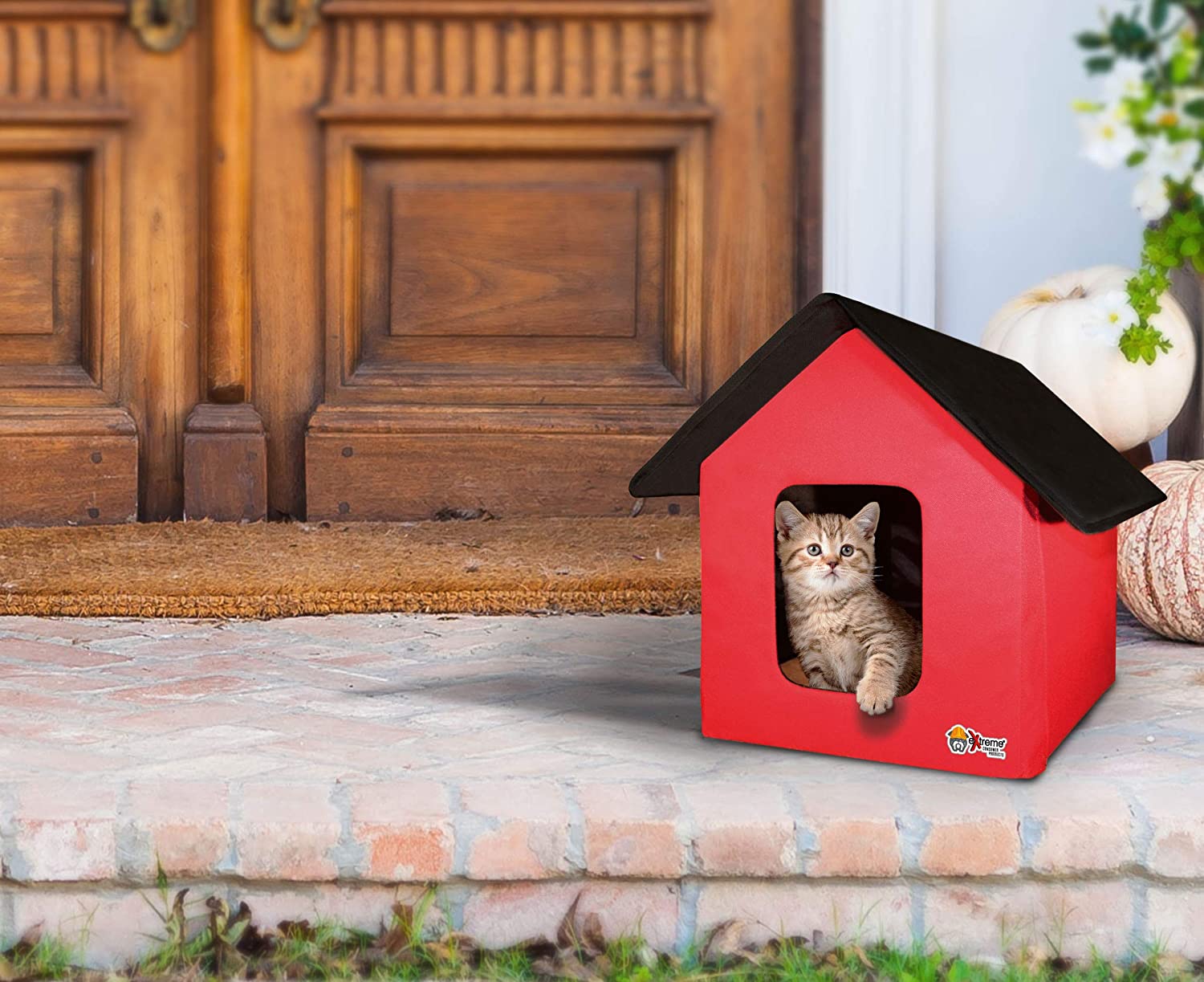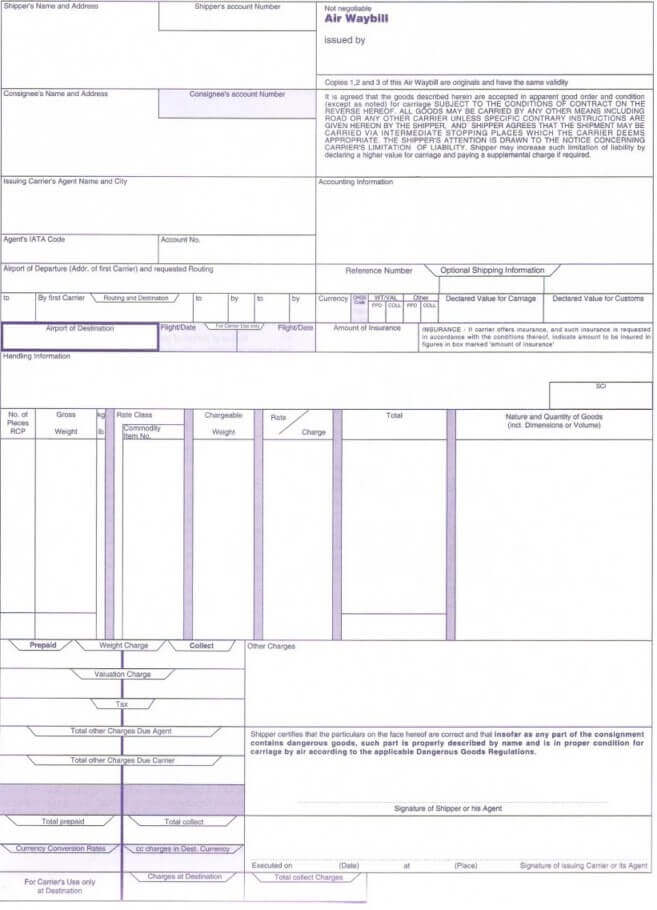Table Of Content
- Software Design Pattern in Different Programming Languages
- The Mediator Pattern in the Spring Framework
- Take advantage of the mediator design pattern to promote loose coupling and simplify the coding of object interactions
- components: Colleague classes
- Mediator Pattern Example in JDK
- C# Mediator Design Pattern
- Design Patterns Saga #1: Real Project Situations With Factory Method and Strategy

Allows loose coupling by encapsulating the way disparate sets of objects interact and communicate with each other. Allows for the actions of each object set to vary independently of one another. In object-oriented programming, programs often consist of many classes. Business logic and computation are distributed among these classes. However, as more classes are added to a program, especially during maintenance and/or refactoring, the problem of communication between these classes may become more complex. Furthermore, it can become difficult to change the program, since any change may affect code in several other classes.
Software Design Pattern in Different Programming Languages
That means when an object needs to communicate with another object, it does not call the other object directly. Instead, it calls the mediator object, and it is the responsibility of the mediator object to route the message to the destination object. Concrete Mediator is a specific implementation of the Mediator interface. It coordinates the communication between concrete colleague objects, handling their interactions and ensuring a well-organized collaboration while keeping them decoupled. We first wrote the ArmedUnit interface with methods that the implementing SoldierUnit and TankUnit (Colleague) classes override. In both the implementing classes, we maintained a reference to the Commander object that we initialized through the constructor.
The Mediator Pattern in the Spring Framework
In this class, we also declared the attackStatus boolean variable in Line 10. This variable will hold the state whether any ArmedUnit is currently attacking. Colleague objects can set this state by calling the setAttackStatus() method that we wrote from Line 18 – Line 21. The canAttack() method that we wrote from Line 23 – Line 26 returns the current state of the attackStatus variable. The startAttack() and ceaseAttack() methods make calls to the attack() and stopAttack() methods on the ArmedUnit object passed as method parameter.
Take advantage of the mediator design pattern to promote loose coupling and simplify the coding of object interactions
The strategy being employed is that whenever one unit attacks, other units should stop attacking and take cover. To do so, the unit that is currently attacking needs to notify the other units. Sign up and receive our free playbook for writing portable embedded software. The IParticipant interface contains the declaration of the SendMessage method. This is the interface for the mediator we will be using in this example.

We will start with the Mediator interface followed by the ConcreteMediator classes. One tradeoff with using the Mediator pattern is that we push most of the complexity in object interactions into the Mediator itself. This object runs the risk of becoming overly complex, but that can be managed. Tight coupling to a specific implementation can safely live in a Mediator. In the ProfileForm class, Concrete Mediators encapsulate relations between various components. Concrete mediators keep references to all the components they manage, and sometimes even manage their lifecycles.
Mediator Pattern Example in JDK
In this example, the whole authentication dialog acts as the mediator. It knows how concrete elements are supposed to collaborate and facilitates their indirect communication. Upon receiving a notification about an event, the dialog decides what element should address the event and redirects the call accordingly.
One of the main problems we face when building large projects is that the number of classes can grow even larger and increase the interactions and relationships between them. This can bring issues with coupling, especially when we're creating direct communication channels which can be hard to track and debug. Each component has a reference to a mediator, which is specified with the mediator interface's type. Because the component is unaware of the actual class of the mediator, it may be reused in other projects by attaching it to a different mediator. Notice that User has a reference to the mediator object, it’s required for the communication between different users.
C# Mediator Design Pattern
How to use MediatR in ASP.Net Core - InfoWorld
How to use MediatR in ASP.Net Core.
Posted: Mon, 20 May 2019 07:00:00 GMT [source]
By having this logic implemented directly inside the code of the form elements you make these elements’ classes much harder to reuse in other forms of the app. For example, you won’t be able to use that checkbox class inside another form, because it’s coupled to the dog’s text field. You can use either all the classes involved in rendering the profile form, or none at all. The real question to ask yourself is whether your implementation of a pattern fulfills the pattern's promises for your design. The mediator pattern aims to encapsulate complex inter-object communication when it is becoming unmanageable. If it hasn't accomplished this, or hasn't done it very well, you could say that a mediator is being misused.
Design Patterns Saga #1: Real Project Situations With Factory Method and Strategy
In the absence of the mediator, you would need to update all the corresponding objects that which to interact. Through the use of the Mediator Pattern your code becomes more encapsulated, thus changes are not as extensive. The goal of this pattern is to decouple modules or objects by constraining their interactions within a single Mediator. Instead of having objects interact with each other directly, the Mediator is responsible for coordinating the interactions between objects. Colleague objects know about the Mediator, but do not know about each other.
If your implementation follows the pattern, then you've used the pattern. In other words, if your mediator is doing something else, then it probably isn't a mediator. The Facade provides a general interface for handling power-related activities, and it uses the subsystem objects to fulfill the requests.

The captioning system who is the mediator will not control the actions of the attendees. It exists only to enforce the communication by effective translation of their messages. This will be an abstract class that defines a property that holds a reference to a mediator.
















